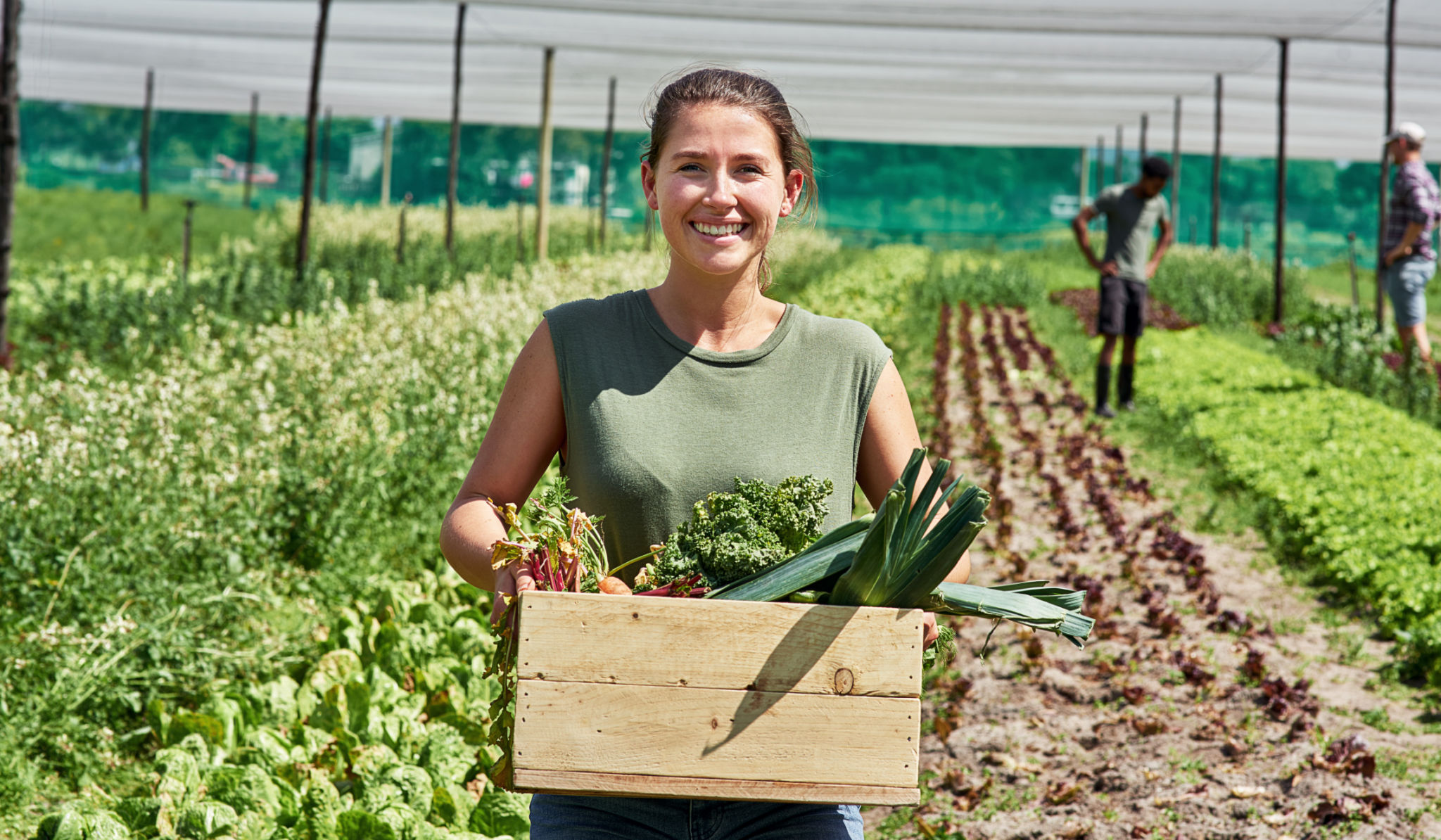The Sustainable Side of Hokkaido Sweets: Eco-Friendly Packaging and Practices
The Sweet Legacy of Hokkaido
Hokkaido, Japan's northernmost island, is renowned for its pristine natural beauty and unique culinary offerings. Among these, Hokkaido sweets have carved a niche for themselves, beloved for their rich flavors and exquisite textures. However, as global awareness around sustainability grows, the producers of these delightful confections are embracing eco-friendly practices to ensure their legacy aligns with environmental conservation.

Eco-Friendly Packaging: A Sweet Transformation
One of the most significant changes in the Hokkaido sweets industry is the shift towards sustainable packaging. Traditionally, sweets were packaged in elaborate, decorative boxes that often prioritized aesthetics over environmental considerations. Today, many producers are opting for biodegradable materials and minimalistic designs, reducing waste and environmental impact.
These eco-friendly packaging solutions not only help in minimizing plastic waste but also contribute to a growing global movement towards sustainability. By choosing materials like recycled paper, plant-based plastics, and compostable wrappers, Hokkaido sweets manufacturers are setting a precedent for environmentally-conscious production.

Local Sourcing and Sustainable Ingredients
Beyond packaging, the ingredients used in Hokkaido sweets are increasingly sourced locally and sustainably. This practice not only supports local farmers but also reduces the carbon footprint associated with transporting ingredients over long distances. By focusing on organic farming and sustainable agriculture, Hokkaido sweet makers ensure that their products are as kind to the planet as they are delicious.
Moreover, local sourcing allows for fresher ingredients, which enhances the overall quality of the sweets. This commitment to sustainability is echoed in the use of seasonal produce, ensuring that every flavor remains authentic and environmentally responsible.

Community Initiatives and Environmental Responsibility
Many Hokkaido sweets producers are also involved in community initiatives aimed at promoting sustainability. These initiatives often include educational programs that raise awareness about environmental issues and encourage eco-friendly practices among consumers and other businesses.
Furthermore, some manufacturers have established partnerships with environmental organizations to support reforestation projects and habitat restoration efforts. These collaborations underscore the industry's dedication to not only creating delightful treats but also contributing positively to the environment.
The Role of Technology in Sustainable Production
Innovation and technology play a crucial role in the sustainable production of Hokkaido sweets. Advanced machinery and production techniques have been developed to minimize energy consumption and reduce waste. For instance, energy-efficient ovens and machinery that optimizes resource use are becoming standard in many production facilities.
Additionally, digital tools are being used to streamline operations and improve supply chain transparency. These technologies help manufacturers track their environmental impact and make data-driven decisions to enhance their sustainability efforts further.

A Sweet Future for Hokkaido
The sustainable transformation of the Hokkaido sweets industry is a testament to the growing recognition of our shared responsibility to protect the planet. By embracing eco-friendly packaging, sourcing local ingredients, supporting community initiatives, and leveraging technology, these producers are ensuring that their sweet creations continue to delight consumers without compromising the environment.
As more consumers become aware of the importance of sustainability, the demand for eco-friendly products will undoubtedly increase. The sweet makers of Hokkaido are not only answering this call but leading by example, proving that it is possible to indulge in life's simple pleasures while remaining mindful of our ecological footprint.